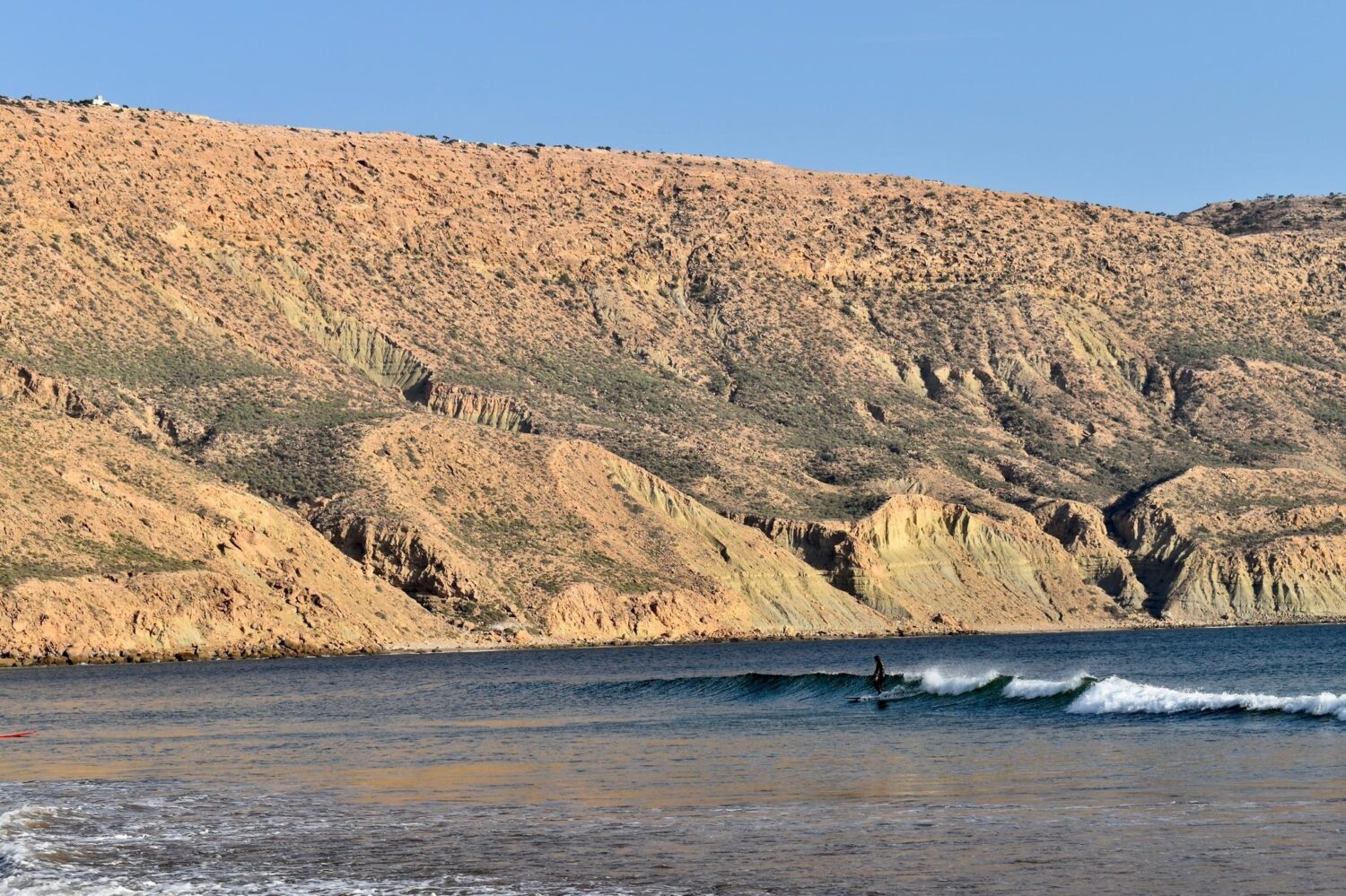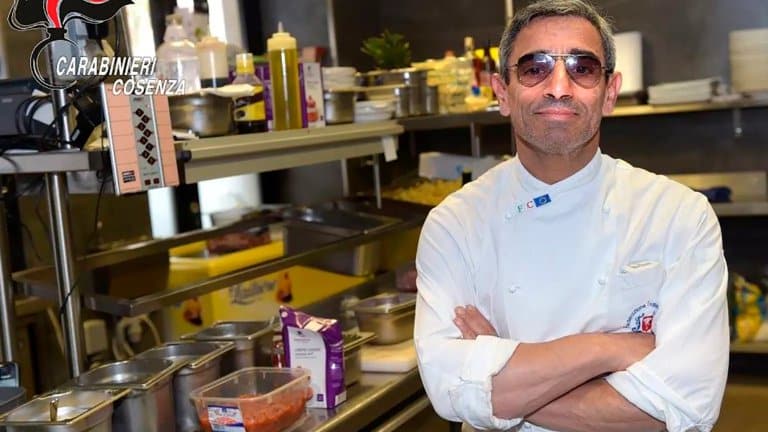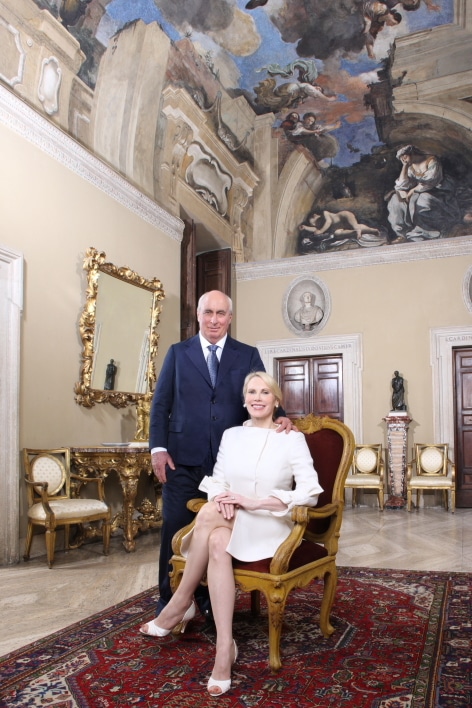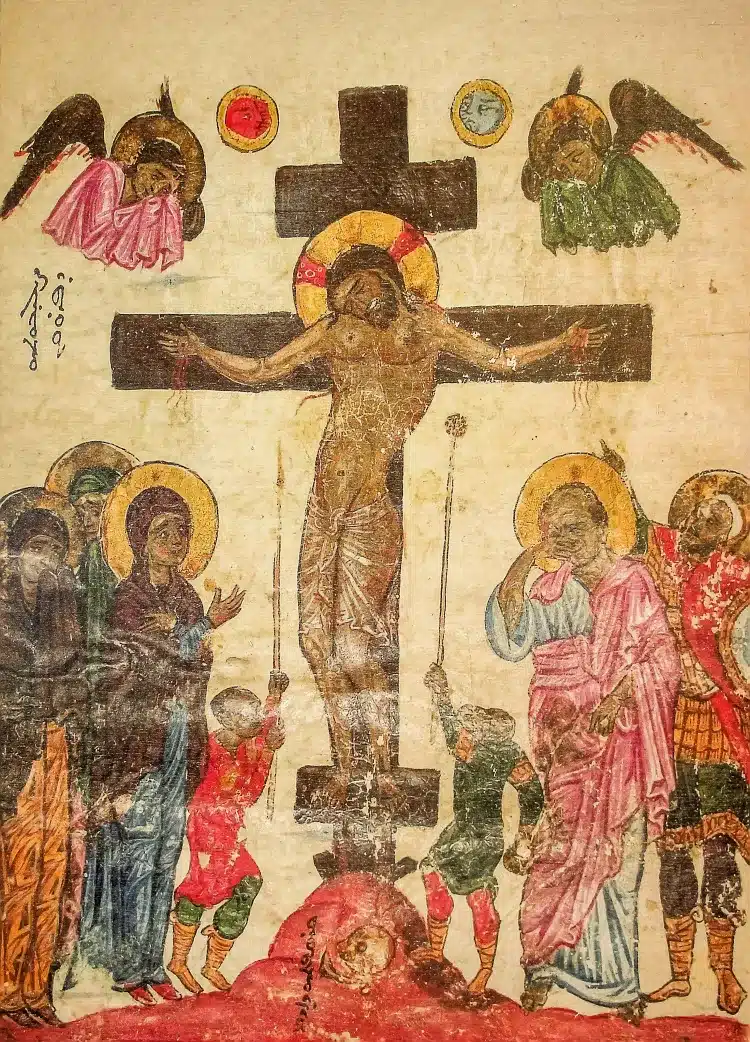“I spent the night in fear, unable to go out of my house, as people were being killed everywhere,” she said, worrying about how she would protect her five-year-old son and three-year-old daughter.
Panicked by the sounds of shooting and warplanes flying overhead, she tried calling her husband at work, only to learn from friends that he had been shot dead.
I spent the night in fear, unable to go out of my house, as people were being killed everywhere – Arafa
No time to mourn
With no time to mourn and no clear plan, she fled Khartoum with her two young children in a desperate bid to escape. Setting out by bus, she arrived in Madani, a city 135 kilometres southeast of Khartoum, where a local man offered to help them leave the country.
Together with five others, they were driven to Port Sudan, the country’s main eastern seaport. From there they walked for a whole day before finding transport towards the Egyptian border.
“I was scared, tired, and without hope,” she said, noting that she spent 80 hours without food or water. “The road was difficult, and the continued sound of gunfire was deafening. I did not think we would make it. I was holding my children in my arms, fearing the war, the journey to asylum, and the long road ahead.”
Sudan crisis – Response in neighbouring countries
Nowhere else to go
After crossing the border, they were eventually driven to Cairo and dropped off in a square in the unfamiliar city. With nowhere else to go, Arafa and her children spent the night on the street.
Arafa said that in the morning, a South Sudanese woman was passing by and saw her.
“She advised me to go to the office of UNHCR and register with them,” she said, adding that her family is now registered for assistance with the agency and is living with the kind South Sudanese woman.
© UNHCR/Aristophane Ngargoune
Thousands of refugees are crossing the border into Chad fleeing violence in Sudan.
‘We are together, with the refugees’
Like the other countries neighbouring Sudan that have been impacted by the conflict, Egypt already hosts a large refugee population.
With UNHCR operations in these countries already acutely underfunded, the refugee agency said increased support will be vital to respond to the humanitarian needs of those fleeing the violence.
That includes about 60,000 Khartoum residents that have fled the city for safety.
We are together, hand by hand, with the refugees, listening to them – Randa Osman, UNHCR
Randa Osman, an assistant field officer with UNHCR, provided an update from the Shagarab Refugee Camp in eastern Sudan.
“Despite the ongoing conflict, we are together, hand by hand, with the refugees, listening to them, and being with the people we serve in all situations in Sudan,” she said.
Amid airstrikes, armed attacks, and urban warfare, more than 100,000 Sudanese have already reportedly escaped into neighbouring countries, with their harrowing stories echoing the plight of tens of thousands of others who are frantically fleeing, since fierce fighting between rival military groups began on 15 April.
Fleeing with nothing
“We fled Sudan for Chad,” said Halime Issakh Oumar, who is now a refugee. “We want to be safe. There is no security. We came with nothing, not even food or something to drink.”
Ms. Oumar’s story mirrors those of almost 21,000 Sudanese who sought refuge in neighbouring Chad. Another 10,000 Sudanese have fled to Central African Republic, and, as of Thursday, 47,000 have escaped to safety in Egypt, according UN reports.
In these countries as well as neighbouring Ethiopia and South Sudan, thousands of men, women, and children are arriving, some after perilous journeys, according to the UN refugee agency (UNHCR) and other UN entities.
Assisting growing numbers of refugees
Africa’s second largest refugee-hosting country, Sudan hosts more than 1.14 million refugees. Before the onset of the conflict, more than 3.7 million people were internally displaced, and now, there are many more, UNHCR said.
As the warring military factions have repeatedly broken fragile ceasefire agreements, several UN agencies say the numbers of refugees will continue to grow.
The International Organization for Migration (IOM) is currently recording more than 1,000 daily arrivals in Ethiopia, where the majority – 39 per cent – are returning Ethiopians, and 17 per cent are Sudanese and third country nationals from more than 50 other countries.
Raghuveer Sharma, who moved to Sudan from India in 2021, had worked at a steel plant outside Khartoum at the outset of the conflict. For a full week, armed groups had entered the premises daily, looting and firing weapons indiscriminately, taking a hostage, and demanding vehicles and mobile phones, he told UN News.
“We made a plan that as soon as armed groups entered the guest house, we would not let them come inside,” he said. “As long as we had vehicles and mobile phones, our lives would be spared.”
Grateful for being evacuated, he said that “after this experience, I will not go back, even if the situation improves.”
Women and children rest after crossing into Koufroun, a Chadian village situated on the Chad-Sudan border.
A ‘perfect storm’
The UN estimates that as many as 270,000 Sudanese could end up crossing the seven international borders of the 48 million-strong nation – the third largest country in Africa.
UNHCR said on Thursday that the agency is expecting an outflow of 860,000 refugees and returnees from Sudan.
The World Food Programme (WFP) warned of “a perfect storm” in Chad, where the influx of refugees is unfolding weeks before the onset of the lean season between harvests, which is expected to leave an estimated 1.9 million people severely food insecure.
Pounding rains arriving about the same time, threaten to turn swathes of desert into rivers, imperiling deliveries of key food assistance to the refugees and other vulnerable groups, the agency said.
“It’s a perfect storm,” said Pierre Honnorat, WFP Country Director and Representative in Chad. “The lean season coming in June, and the rainy season that will cut off all those regions.”
UNHCR and partners step up support in Chad as refugees escape fighting in Sudan
Everything lost ‘in the blink of an eye’
The Sudanese people’s stories paint a somber picture of how conflict can instantaneously shatter lives.
A 16-year-old Sudanese girl had made it across the Chadian border to safety.
“I would love to go back to my country,” she said, “but only if we are safe there.”
While many have managed to escape the fighting and reach safety, Arafa said her own family’s future feels far from secure.
“I can’t believe I am here in Egypt now, but I am still afraid of everything,” Arafa said. “I need help. I am afraid of the future. I lost my home, my husband, and my country in the blink of an eye. I don’t want to lose my children too. I want them to be safe.”
UN in action
Across the border towns lacing Sudan, UN agencies are working to help those in need. Here is a snapshot of some of what is happening on the ground:
- In Chad and Sudan, UN agencies are bringing in more than 70,000 core relief items from its global stockpiles.
- In Egypt, the UN is conducting an assessment mission on the needs of people fleeing Sudan.
- The UN and the Egyptian Red Crescent are delivering water, food, wheelchairs, and hygiene and sanitary kits to new arrivals.
- A social media account and website run by UNHCR offers up-to-date information for refugees in Egypt.
- UNHCR launched a preliminary inter-agency regional refugee response plan on Thursday to address urgent financial needs as soon as possible, which requires $445 million to support the displaced until October.
- At border crossings, the UN Children’s Fund (UNICEF) provides families with essential items and medical services.
- IOM is providing such support services as transportation and accommodation to refugees and returnees at border areas, where the agency has set up transit centres.
- The UN Population Fund (UNFPA) continues to support partners to provide life-saving health care, distribute supplies for safe births, and to manage obstetric emergencies through a network of midwives.
- WFP provides assistance in the region, and it is urgently appealing for emergency funding, including at least $145.6 million to continue supporting newly arrived and existing refugees in Chad, along with host communities.
Non-food items are distributed in Koufroun, a Chadian village situated on the Chad-Sudan border.














